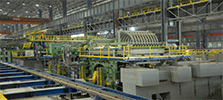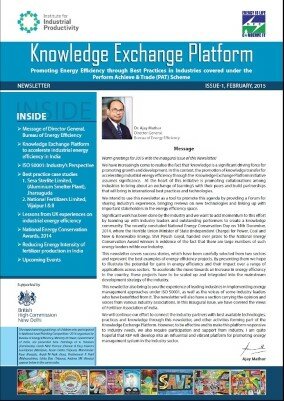TECHNOLOGY & MANAGEMENT BEST PRACTICES

To enable companies to boost their competitiveness while also creating environmental benefits, IIPI delivers rich and relevant information about the best available technologies, tools and management systems.
Technologies for Industry
- Both the iron and steel and cement sectors have the technical potential to further increase energy efficiency by 20%.
- Saturating industry with best available technologies could save 33.5 EJ – roughly 30% of current global industrial energy consumption – and 27-37% of today’s energy costs.
Source: IEA (2012) Energy Technology Perspectives.
Energy efficient technology exists, but industry has lagged in deploying technology best practices.
Catalyzing Energy Efficiency Technology and Practices
IIPI catalyzes the adoption of energy efficient technologies and practices at three levels:
- IIPI works on sector-specific processes, such as energy efficiency in blast furnaces in the iron and steel industry or solids grinding in cement works.
- IIPI also works on applications that cut across industries, such as cogeneration, energy recovery, and efficient motor, heating, and cooling systems.
- IIPI identifies inter-industry opportunities such as energy pooling and cascading.
Such technical solutions go hand-in-hand with energy management systems for maximum impact on energy consumption and energy costs.
IIP Database, Projects and Tools
- IIPI has developed the Energy Efficiency Technology Database of technology options for the aluminium, cement, textile, iron and steel, and pulp and paper sectors. Additional sectors and cross sectoral systems will be added in time.
- IIPI undertakes technology demonstrations so that projects can be replicated for large-scale adoption. For example, we worked in a foundry cluster to move the entire cluster of manufacturers to more efficient melting furnaces
IIPI also shares free software tools, such as the A2A tool, guidelines, case studies and other resources.


